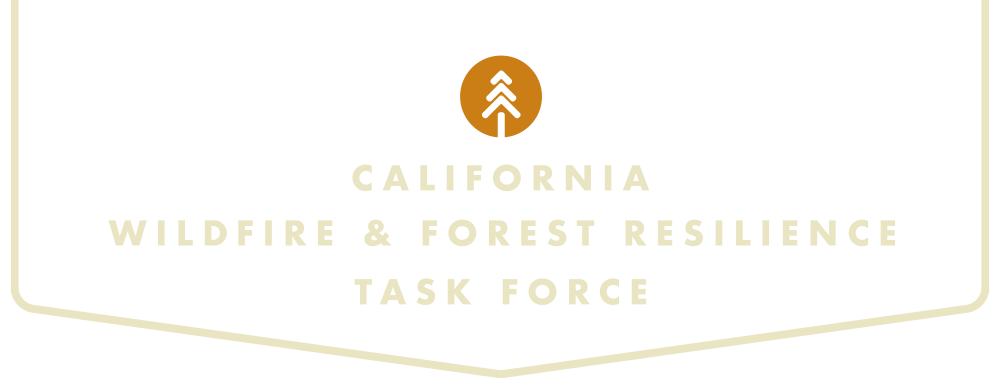Wildfire Prevention Grants
Department: CAL FIRE
Program Description: CAL FIRE’s Wildfire Prevention Grants Program provides funding for fire prevention projects and activities in and near fire threatened communities that focus on increasing the protection of people, structures, and communities. Funded activities include hazardous fuel reduction, wildfire prevention planning, and wildfire prevention education with an emphasis on improving public health and safety while reducing greenhouse gas emissions.
Building on the success of past fuel reduction work CAL FIRE works with grantees on strategically located fuel reduction projects in high wildfire prone communities throughout the State. These projects provide valuable education on wildfire mitigation action, preparedness planning, and hazardous fuel reduction projects that enhance public safety and slow the intensity of wildfires to provide firefighters an anchor point for suppression actions. CAL FIRE, with grantees, will complete these projects on a continuous basis, ensuring at least 45,000 acres are treated annually through this program. Wildfire prevention grants support the wildfire preparedness and mitigation activities of federal, state, and local agencies, Native American tribes, and private nonprofit partners.
Program Impact: CAL FIRE awarded nearly $117 million in funding for 144 wildfire preparedness and mitigation projects across the State in FY 2021-22 appropriations. CAL FIRE is currently soliciting applications for the FY 2022-23 solicitation period which closed on March 15, 2023, where CAL FIRE will award up to $115 million from the FY 2022-23 appropriations.
Resilience in Action: The Wildfire Prevention Grants Program funded the South Eagle Lake Fuel Treatment project that was instrumental in protecting the Lake Forest Estates community during the Hog Fire. Lake Forest Estates is a mountain community surrounded primarily by private timberlands and has been recognized as a “threatened development” in the Lassen County Community Wildfire Protection Plan. It is situated upslope of Highways 44 and 36, with both heavily travelled corridors being the source of numerous fire ignitions. The prevailing wind pattern comes from the Southwest, leaving the community vulnerable to fire starts along the highways. The treatment area extended from the community’s western edge to Highway 44, or approximately 1.5 miles from the intersection of Highway 36.
The Hog Fire burned approximately one mile into the treated area before it was contained. The fuel reduction treatment in this area allowed firefighters to safely attack the fire from the ground with fire crews, fire engines, and bulldozers. The size of the fuel treatment (almost two miles long) allowed it to be effective not just to mitigate fire starts along the Highway 44 corridor, but also to contain this wind-driven fire that blew across the highway corridor.
